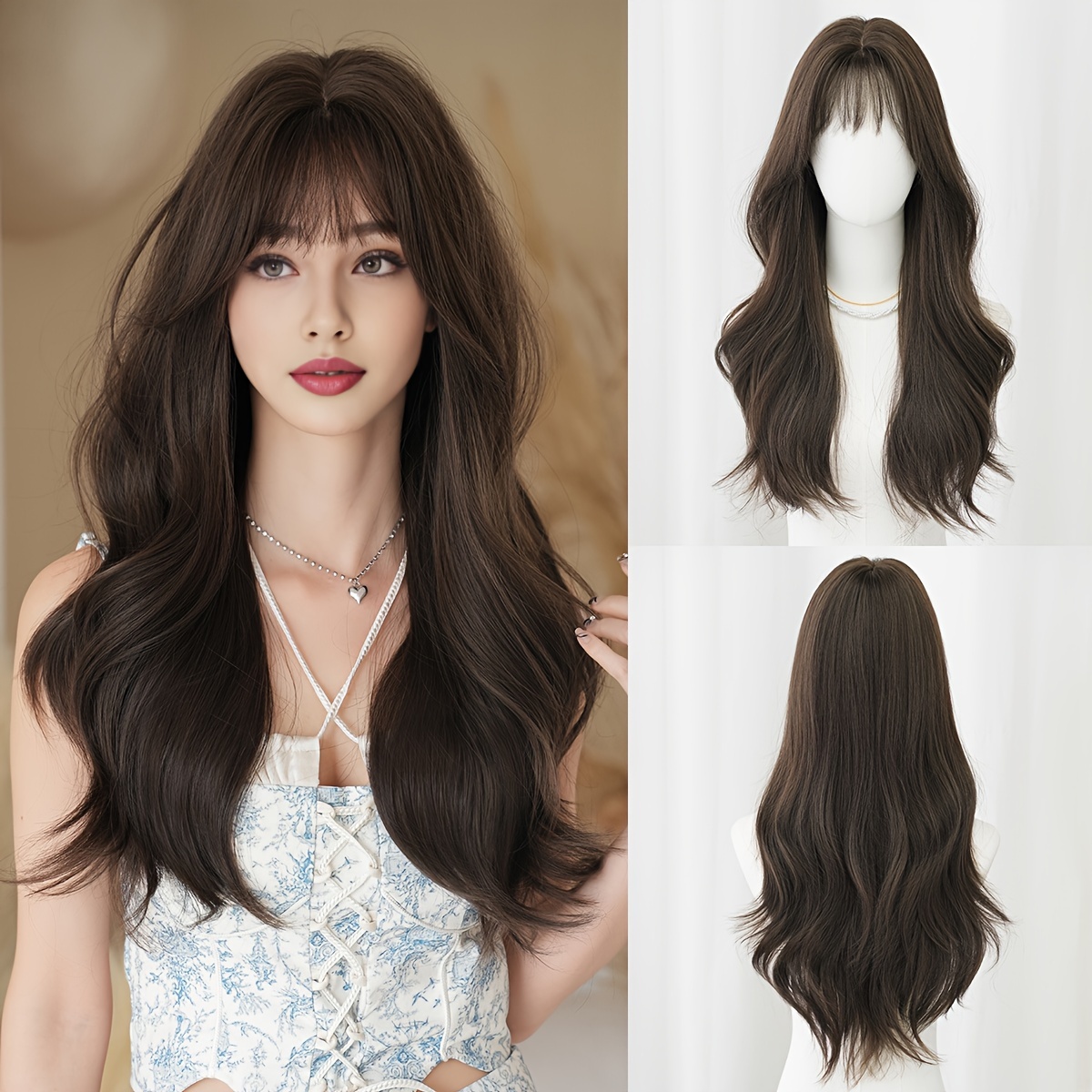Highlighting and contouring originated from male to female drag queens to use makeup artistry as a way to soften their jawlines and conceal their facial hair and brow ridge. This style of makeup was known to be heavy on the highlight and contour and very expressive. However, to non-professionals, the art of contouring and highlighting can seem like a daunting task as there can be confusion in the correct way to apply it.
Highlighting and contouring is a corrective technique, used to create the ideal face shape, meaning it isn’t the same for every person. For women, while highlighting and contouring there’s a fine line between enhancing your best features and painting on an entirely new face. Women already have soft and feminine features. When applying makeup, the overuse of products can otherwise completely exaggerate and create unflattering features.
Here’s the thing, the makeup industry has made a killing off of the “beat face” trend and made the over usage of highlighting and contouring the new norm. The goal now is to give yourself features you don’t actually possess: Brighter, bigger eyes. A narrower, daintier nose. Using 20 products to achieve a “natural” look or more. The tips, tricks, and techniques have come from beauty guru’s and YouTubers, not professional makeup artists.
This isn’t the case if you know how to do makeup properly. You’d find that by following techniques other than that of a professional you may end up incorporating unnecessary steps just to look “natural.”
While professional makeup artists take similar steps using highlighting and contouring flawlessly to enhance- not hide your beautiful features, they understand that successful highlighting and contouring is to use as little product as possible so the end result is believably natural, to blend it in well and to add more color gradually.
Good makeup is makeup that looks good in person and in photos, and that accentuates features instead of hiding everything. There’s an art to this. Heavy foundation, then heavy concealing, followed by heavy cream highlight/contour can look great at night, on stage, or on camera, but in person, it is quite extreme. Heavy makeup instead just draws attention to large pores, pimples, and other and other facial flaws.
A light natural highlight and contour for the average woman on a daily basis is a gorgeous thing to learn and practice. Some important tips to know before incorporating highlighting and contouring into your makeup application is that:
• Less is more
• Contouring is subtly defining one’s features and for it to appear flawless, it should be barely noticeable.
• Mixing concealer with foundation can create a more seamless and natural highlight
• Practice makes perfect facial flaws.







